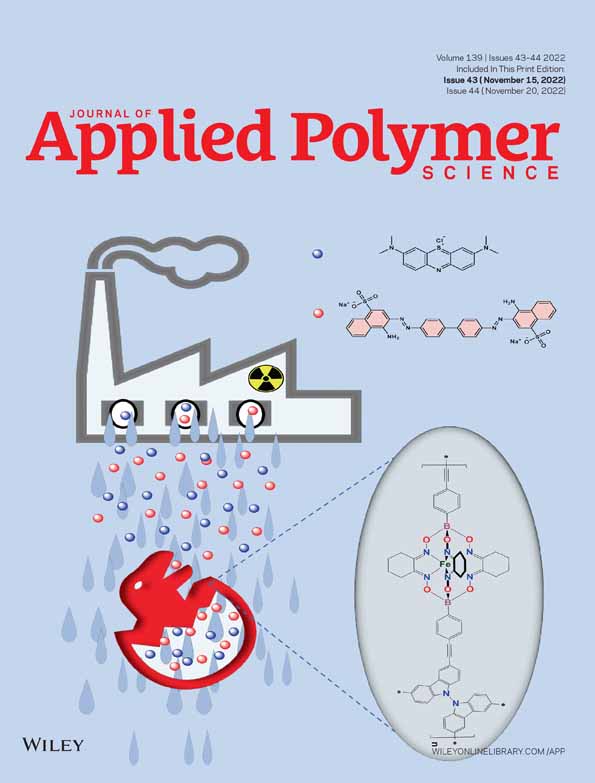Self-assembled nanoprodrugs from reducible dextran-diethyldithiocarbamate conjugates for robust tumor-targeted chemotherapy
Funding information: Shanghai Municipal Natural Science Foundation, Grant/Award Number: 18ZR1442100; National Natural Science Foundation of China, Grant/Award Number: 42077329
Abstract
The development of anticancer prodrugs from repurposing approved drugs offers a rich source of potential new medicines for clinical cancer therapy. Herein, a folate-decorated dextran prodrug (FADP) conjugate based on disulfiram (DSF), a repurposing drug, was designed for tumor-targeted chemotherapy. The FADP conjugates with a high drug content (>10%) were readily achieved by the disulfide conjugation between orthopyridyl disulfide dextran (5, 10, and 20 kDa) and diethyldithiocarbamate (DDTC) as the metabolite of DSF. Data showed that the FADP conjugates could self-assemble to form nanosized prodrugs (nanoprodrugs) with neutral surface charge under physiological conditions and that the nanoprodrugs could actively release DDTC in an intracellular reductive environment. In vitro experiments indicated that the FADP conjugates had a low cytotoxicity in CT-26 cells but yielded marked cytotoxicity in the presence of copper (II) ions. Moreover, the FADP with 10 kDa of dextran (FADP10k) exerted the best anticancer ability in the cells with comparable anticancer efficacy to that of DSF. The significant anticancer ability of the FADP10k was associated with their folate receptor-mediated uptake in the cells, following by a high cellular uptake level in comparison with the parent dextran prodrug (DP) without folates. The chemotherapy of the CT-26 tumor xenografted in Balb/c mouse model elicited that the FADP10k group exerted marked tumor growth inhibition with a minor systemic toxicity at DDTC dose of 20 mg Kg−1 and the anticancer efficacy was superior to that obtained by the DP and DSF groups. This work highlights a high potential of DSF-based dextran prodrugs for cancer chemotherapy.
CONFLICT OF INTEREST
The authors have no conflicts of interest.
Open Research
DATA AVAILABILITY STATEMENT
The data that support the findings of this study are available from the corresponding author upon reasonable request.




